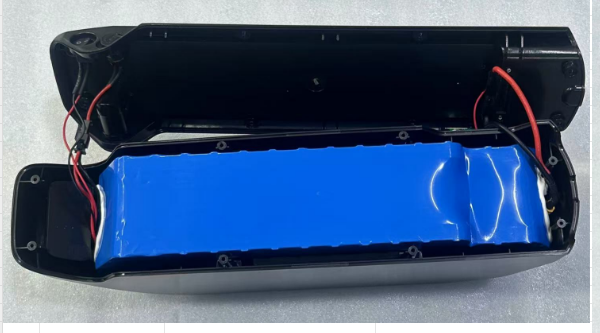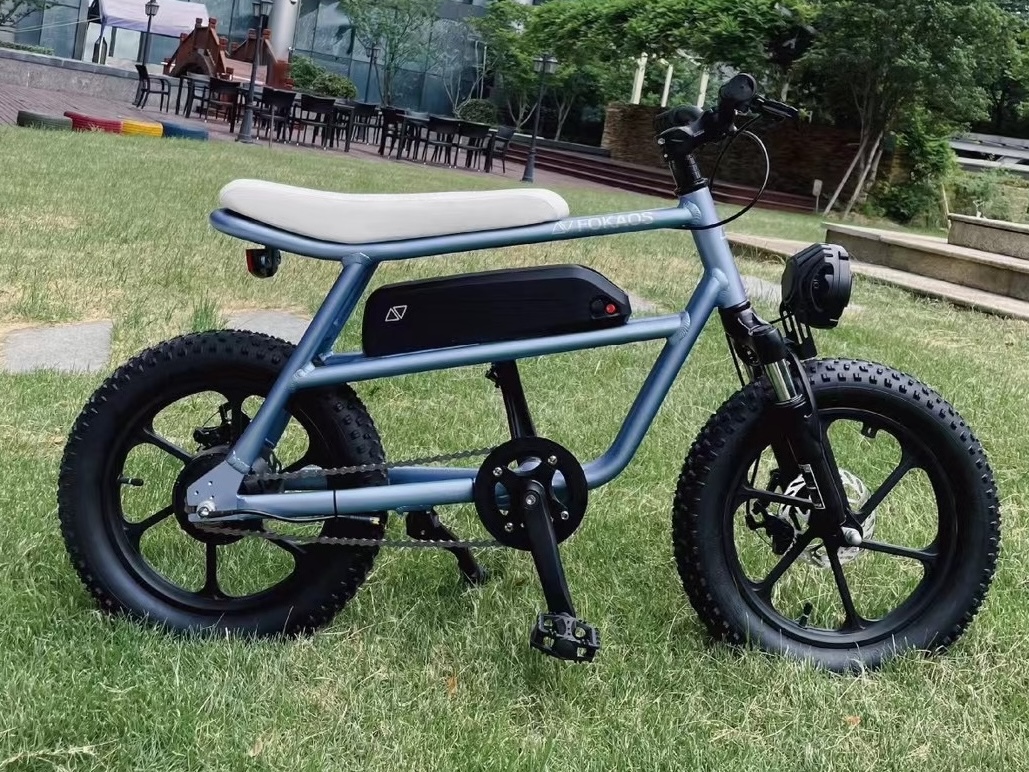
Stop-start batteries are the driving force behind the increasing number of vehicles that are equipped with this feature. Stop-start technology shuts off a vehicle’s engine when it is idle to conserve fuel, which is good for the environment and the driver’s wallet. In this blog post, we will delve into how long stop-start batteries last and other essential information that car owners need to know.
What is a stop-start battery?
A stop-start battery is a type of battery that is designed to provide extra power for vehicles with start-stop systems. The start-stop technology is implemented in modern cars to save fuel and reduce emissions. When the car is idle, the engine is shut off automatically to prevent fuel consumption. Once the driver presses the accelerator pedal, the engine starts again instantly, thanks to the stop-start battery.
Several types of batteries used for start-stop car engine
- Lead Acid Batteries: These are the most common type of batteries used in cars. They are affordable and provide a reliable source of power for starting the engine.
- Absorbent Glass Mat (AGM) Batteries: These batteries are more expensive than flooded lead-acid batteries, but they offer superior performance and durability. They are also spill-proof and maintenance-free.
- Lithium-Ion Lifepo4 Batteries: These batteries are becoming increasingly popular in modern cars due to their high power density, low weight, and long lifespan. They are more expensive than other types of batteries but offer significant advantages in terms of performance and efficiency.
- Enhanced Flooded Batteries (EFB): These batteries are designed to meet the demands of start-stop technology in modern cars. They are more durable than traditional lead-acid batteries and can withstand the frequent charge and discharge cycles required by start-stop systems.
| Battery type | Advantages | Disadvantages | Typical Lifespan |
| Lithium Ion (lifepo4) | Lightweight, high capacity, longer lifespan, low self-discharge rate | Expensive | ≥10 years |
| Lead acid | Affordable, reliable, high cranking power in cold temperatures | Heavy, limited capacity, requires regular maintenance | 2-4 years |
Absorbent Glass Mat (AGM) | Can be mounted in any orientation, maintenance-free, high resistance to vibration and shock | Expensive, sensitive to overcharging, may require a special charger | 3-5 years |
Enhanced Flooded Batteries (EFB) | Affordable, widely available, can be reconditioned | Requires regular maintenance, can leak or spill acid, sensitive to vibration and shock | 2-4 years |

Before buying a start-stop battery, there are several factors to consider
- Compatibility: Make sure the battery is compatible with your vehicle’s make and model.
- Size: The battery should fit properly in your vehicle’s battery compartment.
Cold cranking amps (CCA):This is the measure of a battery’s ability to start an engine in cold temperatures. Choose a battery with a CCA rating that meets or exceeds your vehicle manufacturer’s recommendations.- Reserve capacity (RC): This is the measure of a battery’s ability to provide power to your vehicle’s electrical system if the alternator fails. Choose a battery with an RC rating that meets or exceeds your vehicle manufacturer’s recommendations.
- Brand and reputation: Choose a reputable brand with a good track record for quality and customer service.
- Warranty: Look for a battery with a warranty that covers defects and premature failure.
- Price: Consider the price of the battery, but don’t make it the only factor in your decision. A cheaper battery may end up costing you more in the long run if it fails prematurely or doesn’t meet your vehicle’s requirements.
How long do stop-start batteries last?
The lifespan of a stop-start battery depends on several factors, including the manufacturer’s specifications, the frequency of use, and the environment. Typically, the stop-start battery lasts for 2-5 years, lifepo4 battery can last for above 10 years.
To ensure the longevity of a stop-start battery, it is essential to follow the manufacturer’s recommendations. Car owners should also check the battery’s health regularly and replace it if necessary.
Signs of a failing stop-start battery
Car owners should be aware of the symptoms of a failing stop-start battery. The following signs indicate that the battery needs to be replaced:
- The engine takes longer to start
- The stop-start feature is not working correctly
- The battery warning light is on
- The vehicle’s electrical systems are not functioning correctly
If any of these symptoms occur, it is crucial to have the battery checked by a professional technician.

How to extend the lifespan of a stop-start battery
Car owners can take several steps to extend the lifespan of their stop-start battery. Here are some tips:
- Drive regularly: Vehicles with stop-start technology require frequent use to keep the battery charged.
- Minimize short trips: Short trips do not allow the battery to fully charge, which can lead to premature aging.
- Avoid high electrical loads: Using high electrical loads, such as air conditioning and heated seats, can put a strain on the battery.
- Park in a cool and dry place: Extreme temperatures and humidity can affect the battery’s performance and lifespan.
- Turn off electrical systems when not in use: Turning off electrical systems, such as the radio and lights, when not in use can help conserve the battery’s charge.
Conclusion
Stop-start batteries are an essential component of modern vehicles with start-stop technology. They are designed to provide extra power and enable the engine to start quickly when the driver presses the accelerator pedal. The lifespan of a stop-start battery is shorter than that of a conventional battery due to more frequent charging and discharging cycles. Car owners can take several steps to extend the battery’s lifespan, including driving regularly, minimizing short trips, and avoiding high electrical loads. Regular battery maintenance and replacement when necessary can also help ensure the longevity of the stop-start battery.






中.jpeg)
